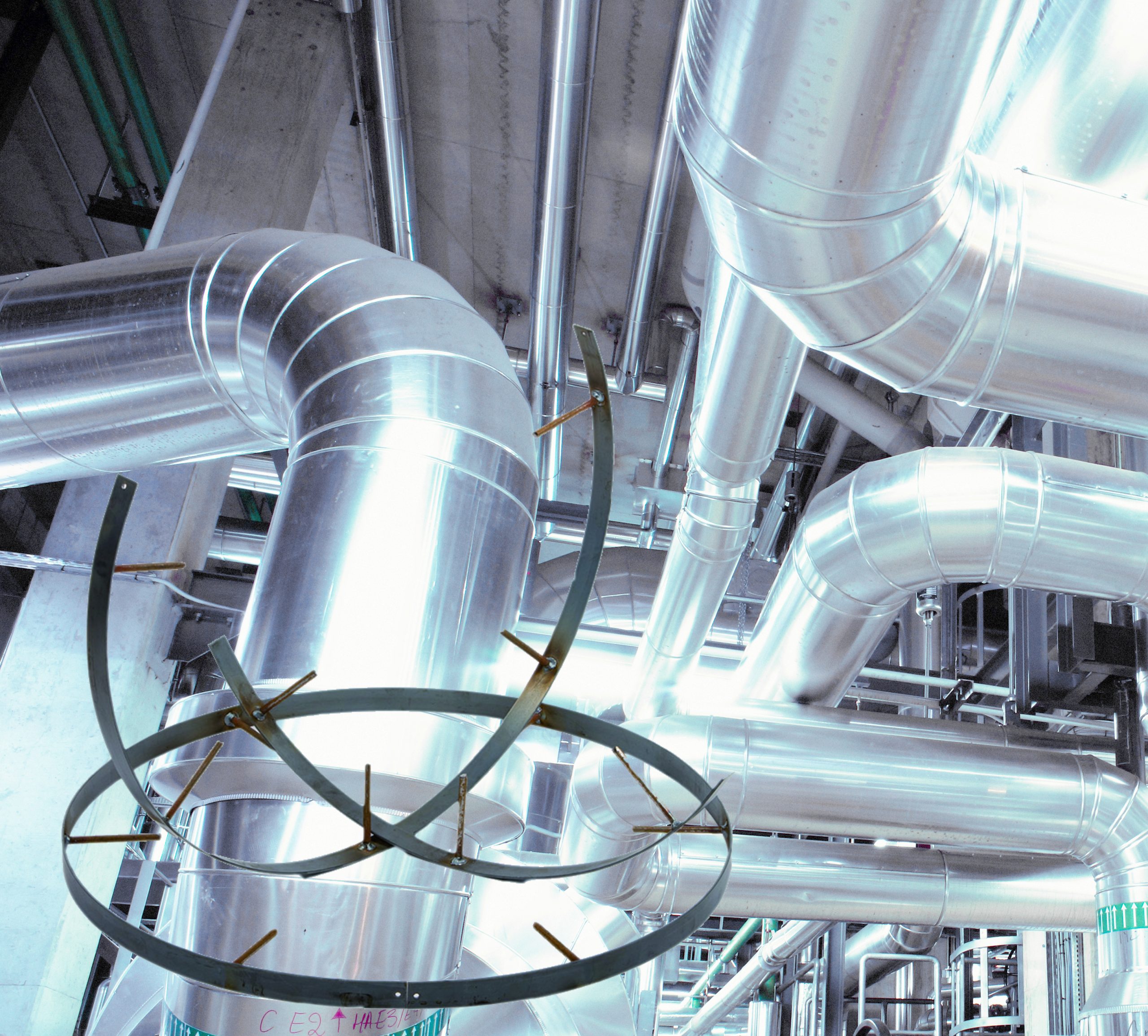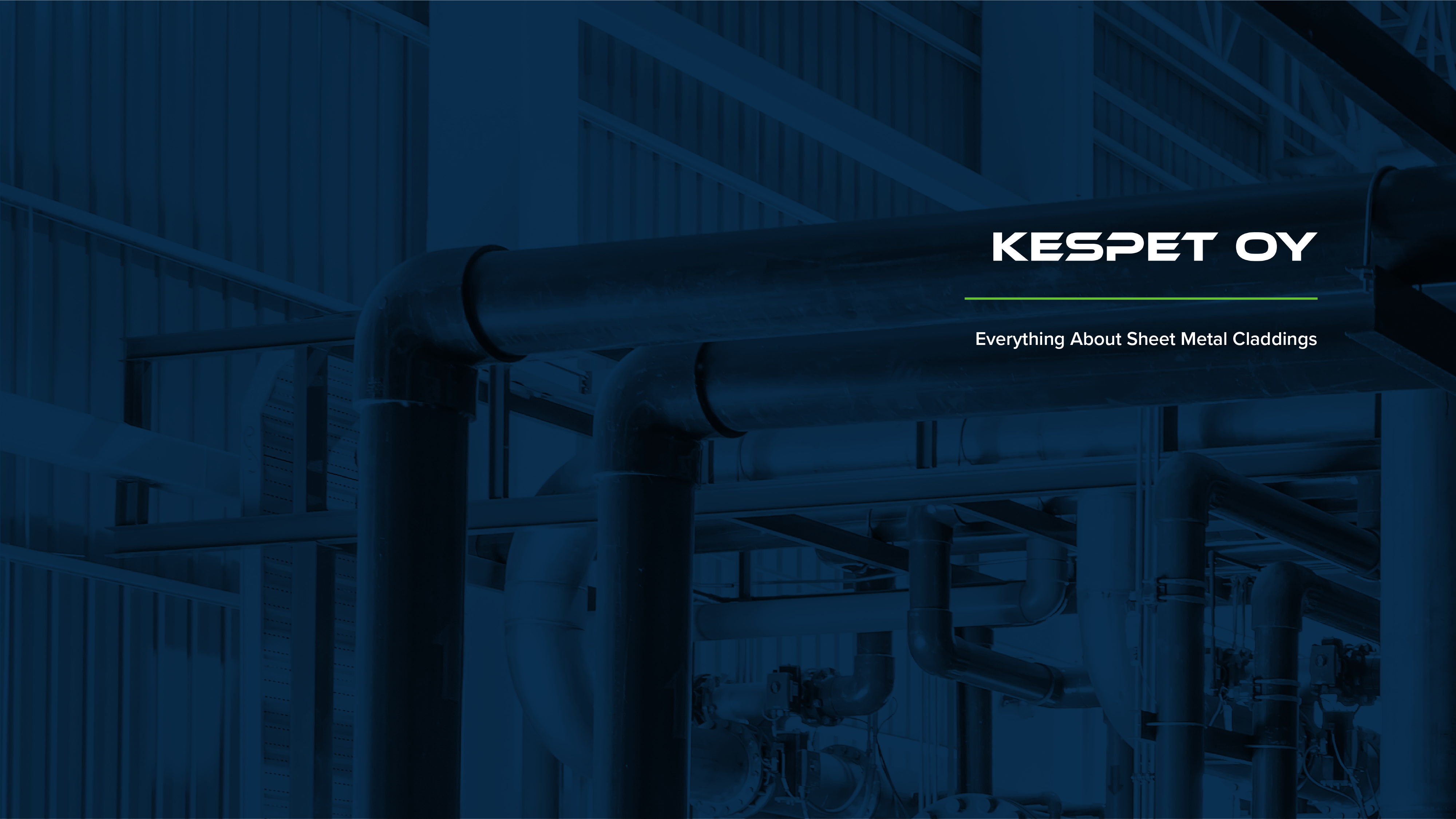Just over 10 years ago, if someone had asked what comes to mind about chrome, I would have answered that American rap artist’s car rims or faucets. Chromium is a fine substance. It makes faucets and other metal objects shine, creating a corrosion-resistant coating on them.
It can be used in various surface treatments and passivation agents, leather tanning, as a concrete additive, and in the production of stainless steel. There are numerous applications, but the problem is in which form chromium is present.
The use of chromium compound is dangerous to health
I discussed chromium compounds with several colleagues working in the industry whether the most common carcinogens in the workplace, e.g., chromium compounds, are familiar, so I was a little surprised. It wasn’t. They did not even remember that the OSH inspection had raised the issue.
A few had heard about it from somewhere else, but otherwise, the information was quite limited. According to a study by the Finnish Institute of Occupational Health, thousands of people are exposed to these substances at work in Finland every year. Fortunately, however, exposures are declining due to EU legislation.
In various substances or compounds in industry, chromium exists in several different forms. The most common are trivalent and hexavalent compounds. Now forgetting American rap artists, metallic chrome and trivalent chrome. The focus is only on hexavalent chromium, as it has been found to be a strong carcinogen and its use and manufacture are limited in the EU.
Hexavalent chromium evaporates into the air, for example in welding. Also, it is in various chemicals and surface protection agents. The use of hexavalent chromium in the manufacture of sheet metal is governed by standard EN 10346. This standard ensures that hexavalent chromium-free chemical passivation and oil treatment on sheet metal does not exceed the limit values for hazardous substances set by EU legislation.
EN standards are not followed
Every year, I receive dozens of contacts from steel and aluminum factories outside the EU, who try to sell us raw materials at quite competitive prices. The range of tenderers is very wide and often a closer look at the company reveals that the products do not comply with EN standards. And surprisingly fast they are able to arrange needed certificates if they are not ready. There are also good players who are familiar with EN standards and products that comply with EN standards.
Hexavalent chromium-containing passivating agents are still very widely used in sheet metal production outside the EU. For example, one of Russia’s largest steel producers, Severstal, announced in July 2019 that one of its factories will start producing hexavalent chromium-free sheet metal for EU customers.
No one knows how many of these non-EN-compliant sheets will enter the EU. However, one thing is certain: they come to the EU and are also used here. This is partly due to the ignorance of the buyers, but also to the indifference.
Responsible purchasing – materials that meet standards
When ordering materials from outside the EU for the best possible price that do not meet EN standards would endanger the health of several people. This chain includes the people who handle the materials in our production, our customers who install the materials, and the end customer who uses the materials. I recommend everyone who has to buy sheet metal products, in any form, from small installation companies to larger operators to ensure that the products are made of a material that complies with the EN 10346 standard.
Health cannot be bought with money.
Riku Salminen
Procurement Manager
Kespet Oy
Sources:




